shares
Generative AI has progressed from early proof-of-concept technology to a strategic growth engine reshaping how organisations create products, personalise customer journeys, streamline workflows, and unlock new revenue streams. Board-level discussions no longer ask whether to adopt Gen AI, but rather which foundation model to fine-tune, which data pipelines to build, and how quickly prototypes can reach production.
Yet these conversations often descend into alphabet soup. Acronyms like LLM, RAG, and NLP appear alongside terms such as “vector database” and “prompt engineering,” with little explanation. When executives cannot decode this jargon, assessing opportunities or mitigating risks, becomes a guessing game. Conversely, teams that share a clear Gen AI vocabulary move faster from ideation to proof of concept to deployment, turning technology into measurable ROI.
This glossary closes that gap. It offers concise, business-focused definitions and explains why each concept matters, enabling you to brief stakeholders, challenge vendors, and plan with confidence.
Core Concepts of Generative AI
To engage meaningfully in any AI initiative, one must first be fluent in the discipline’s foundational vocabulary. The six terms in the following section establish the conceptual framework on which all subsequent discussion depends.

Generative AI
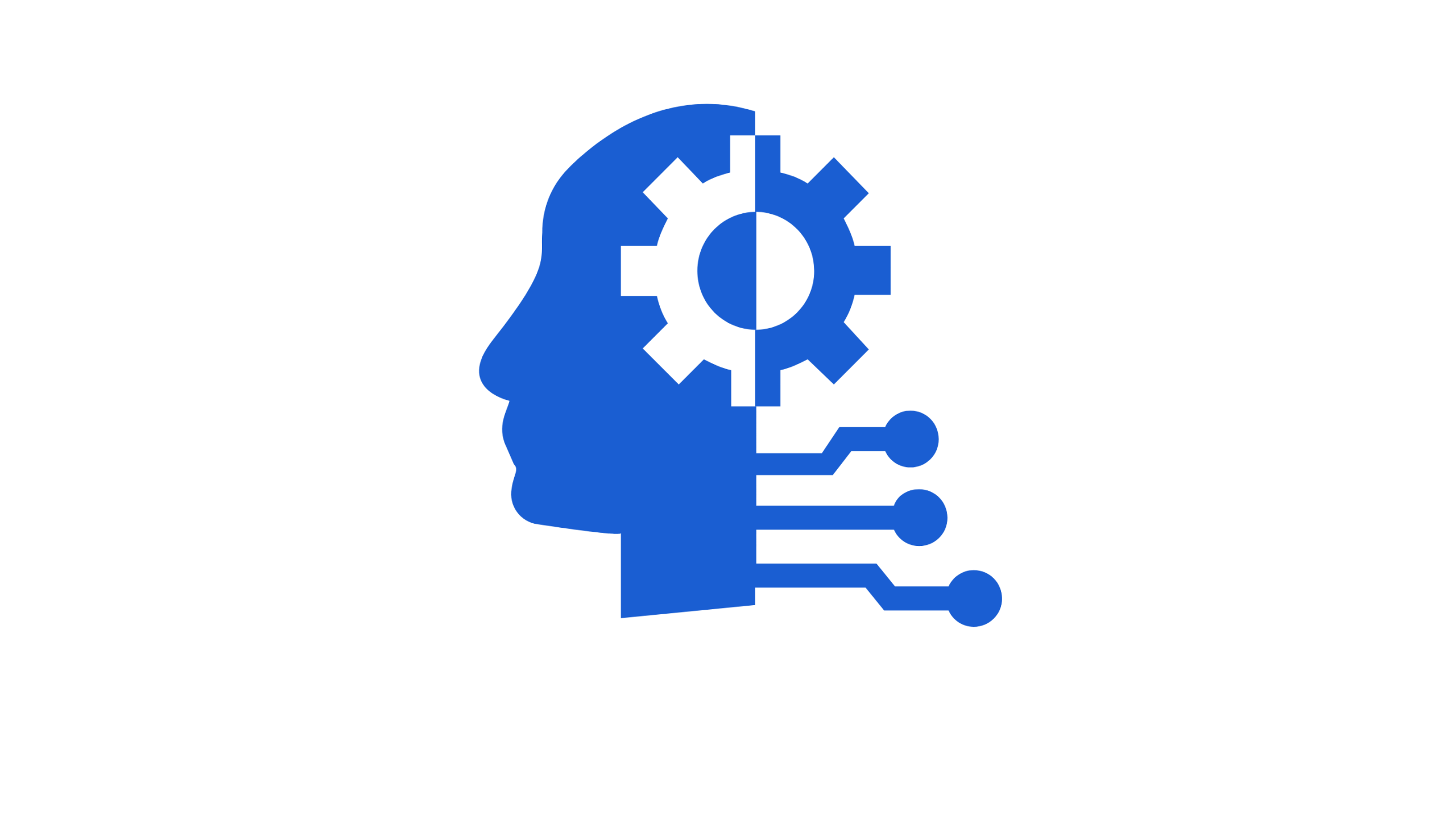
Machine Learning
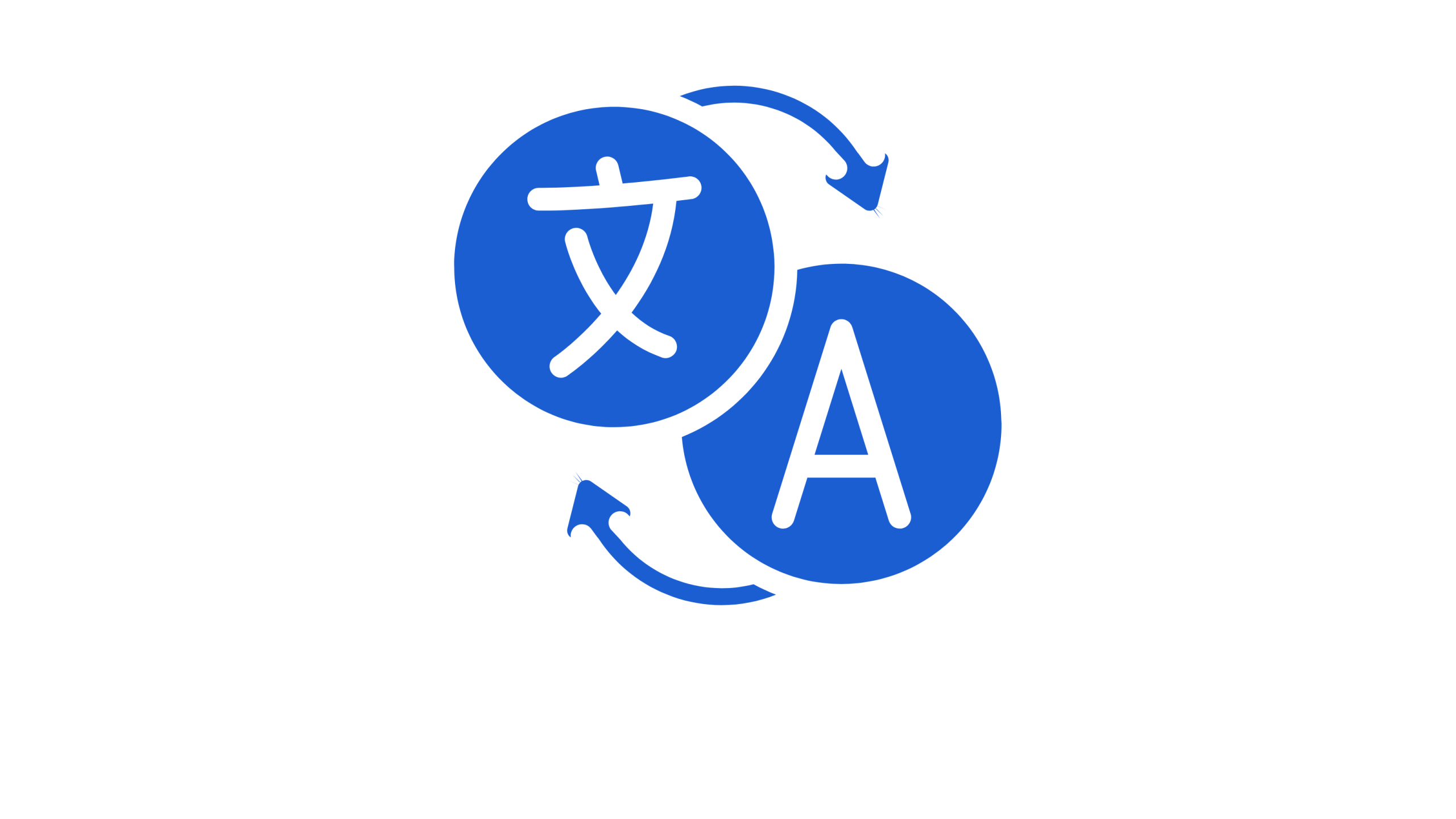
Large Language Model (LLM)
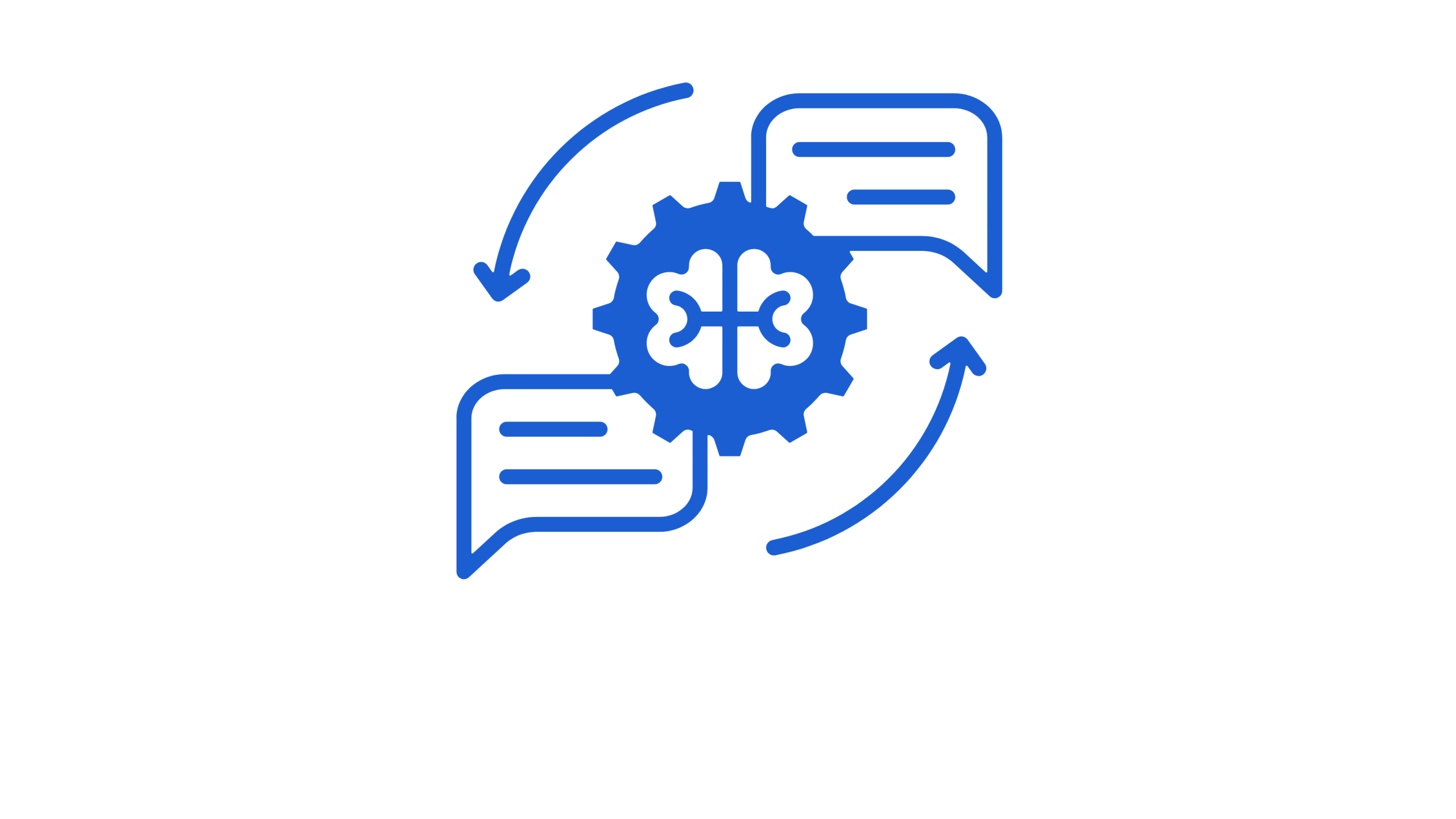
Natural Language Processing (NLP)

Model
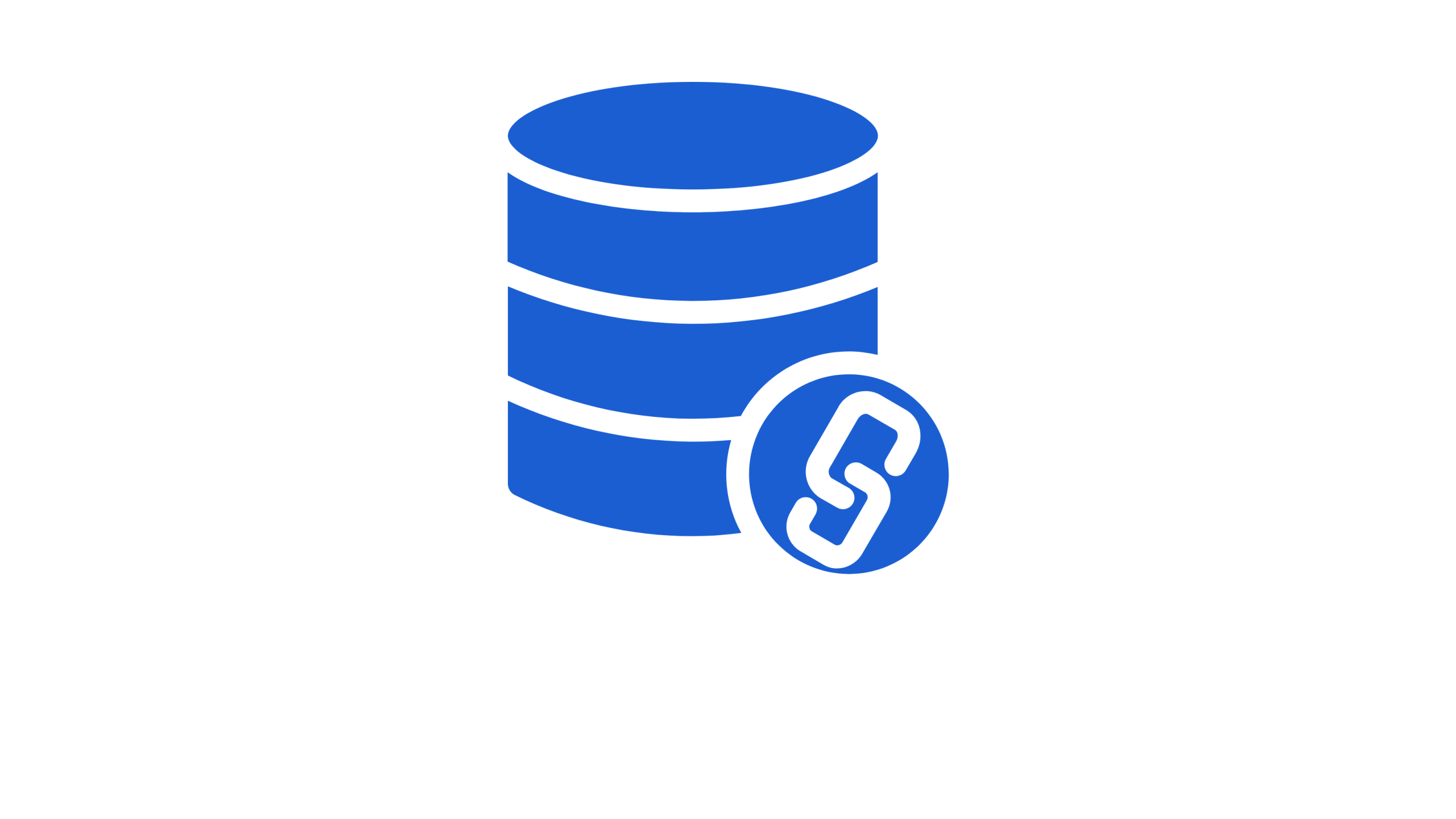
Dataset
Communicating with the Model
With the fundamentals in place, the next focus is on effective interaction. The terms that follow clarify how prompts are constructed and how textual units are managed to direct model behaviour with precision.

Prompt

Token
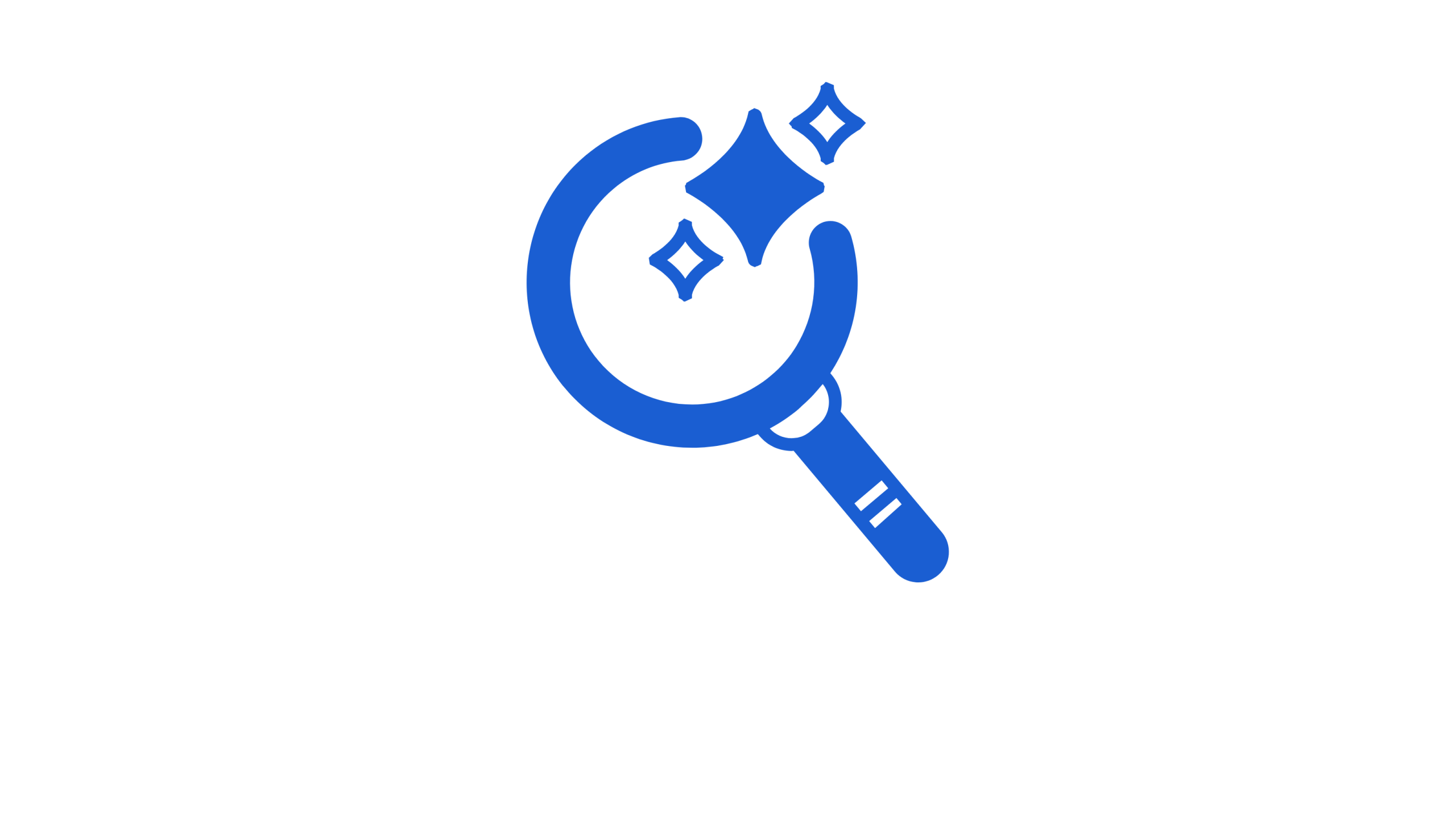
Zero-Shot Learning
Under the Hood — How Models Learn & Reason
Interaction alone is insufficient for robust AI adoption. Leaders and architects must also understand the processes by which models are trained, specialised, and executed. This section summarises the model-development lifecycle and the vector-based representations that underpin modern semantic search.

Training
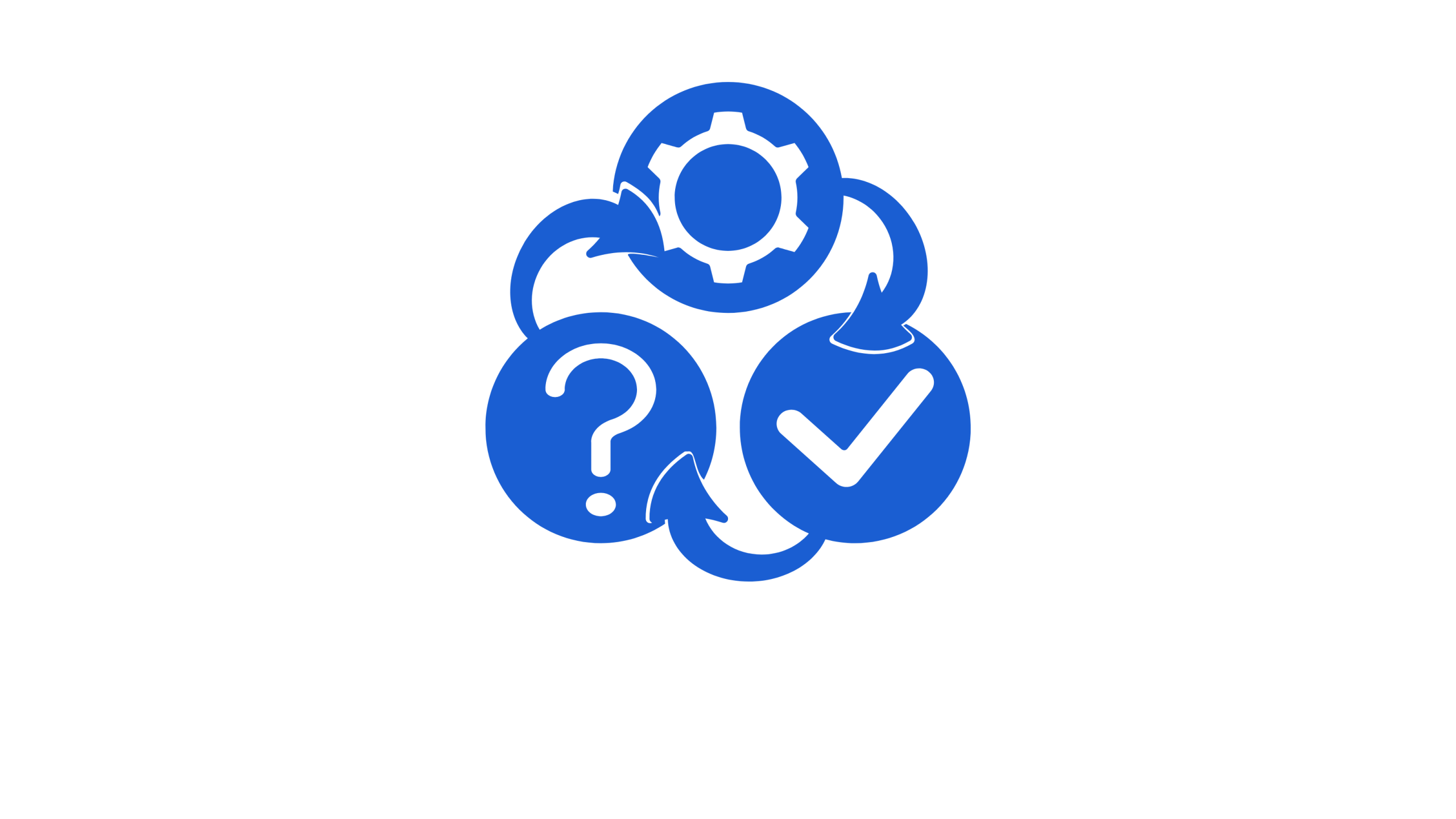
Fine-Tuning
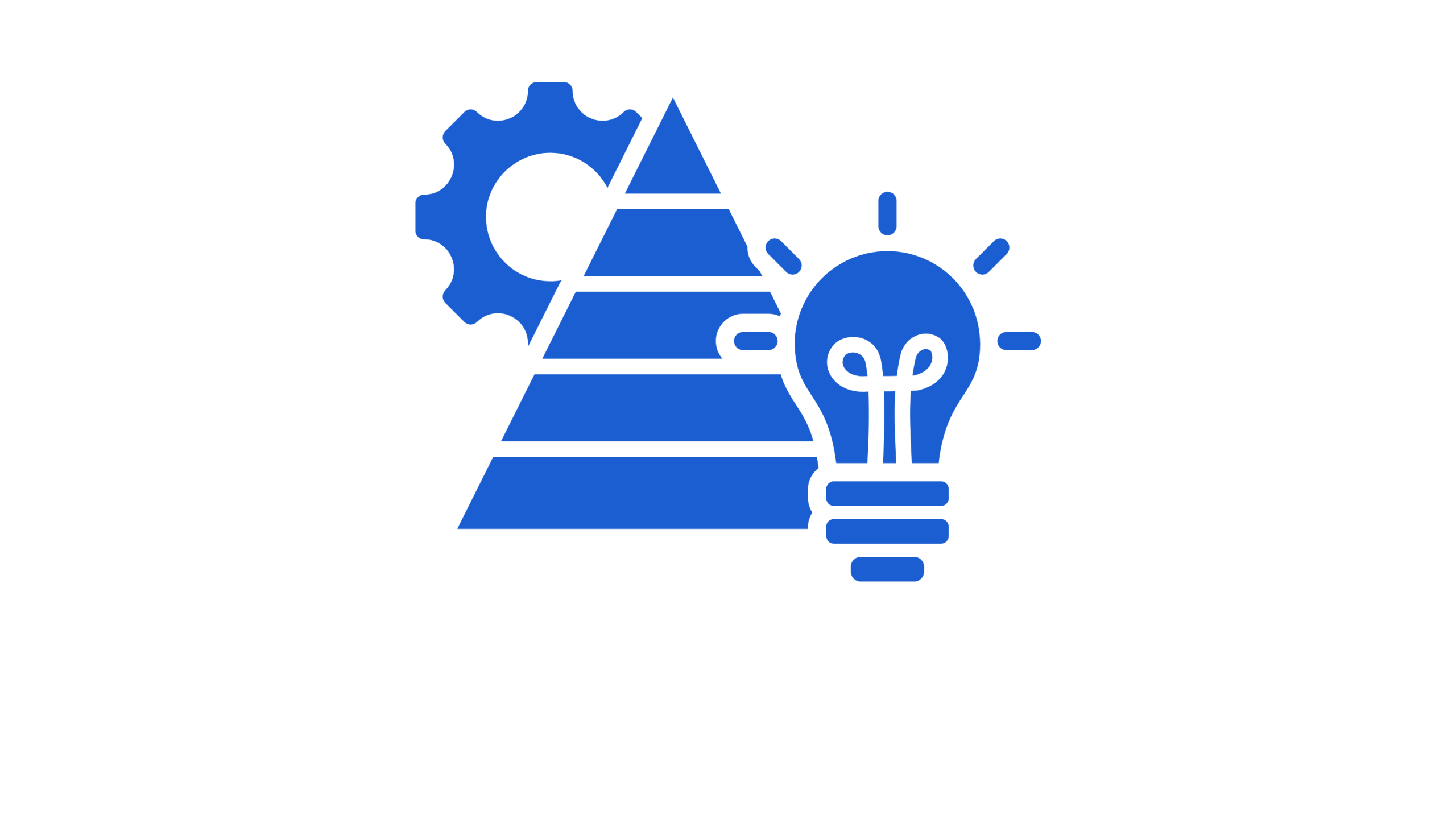
Inference
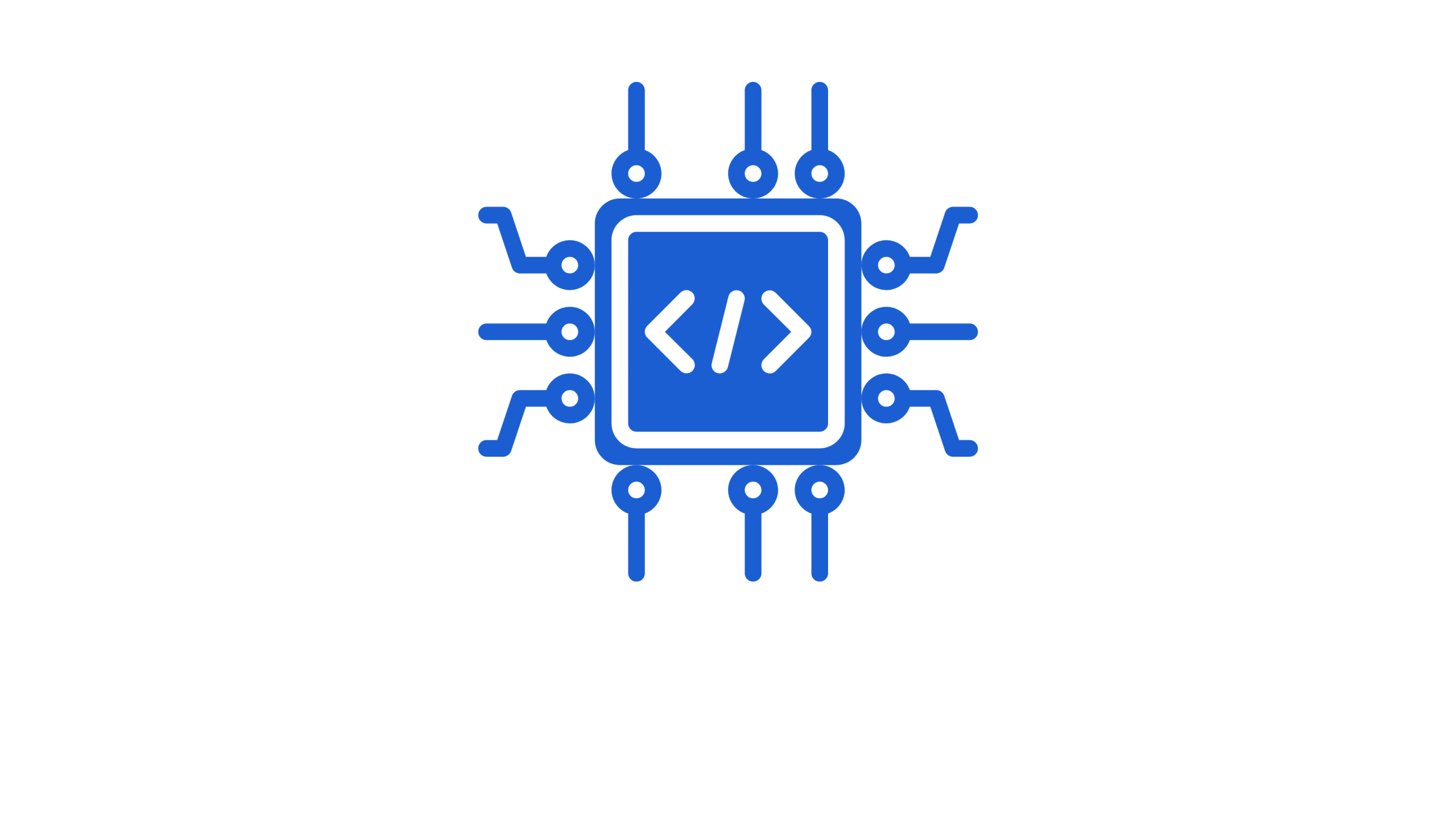
Embedding
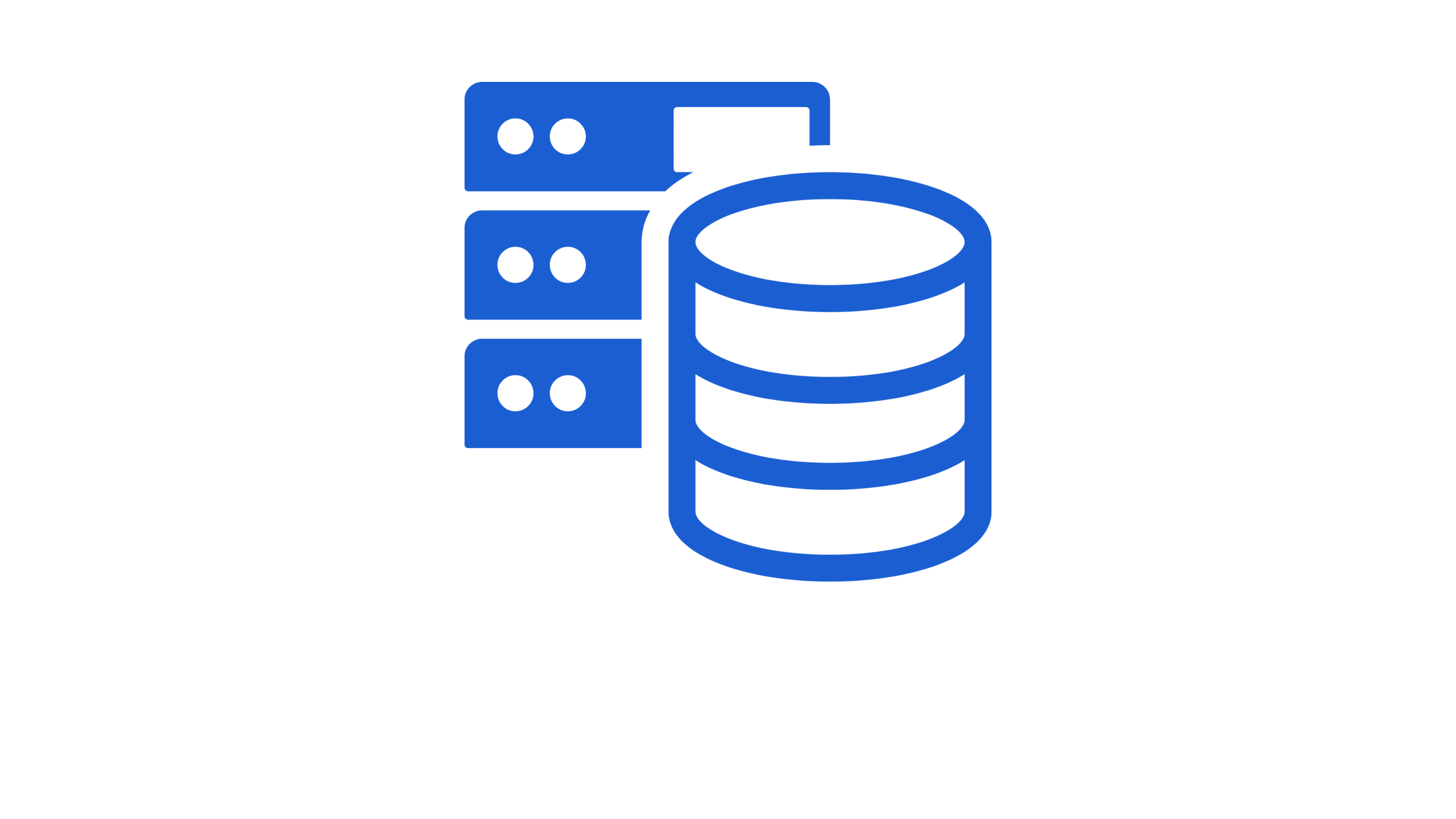
Vector Database
Operational & Architectural Components
Having examined model development, we now address the architectural elements that operationalise AI capabilities. The terms below cover the interfaces and infrastructure required to embed language models within enterprise systems and deliver measurable value.

API

Real-Time AI
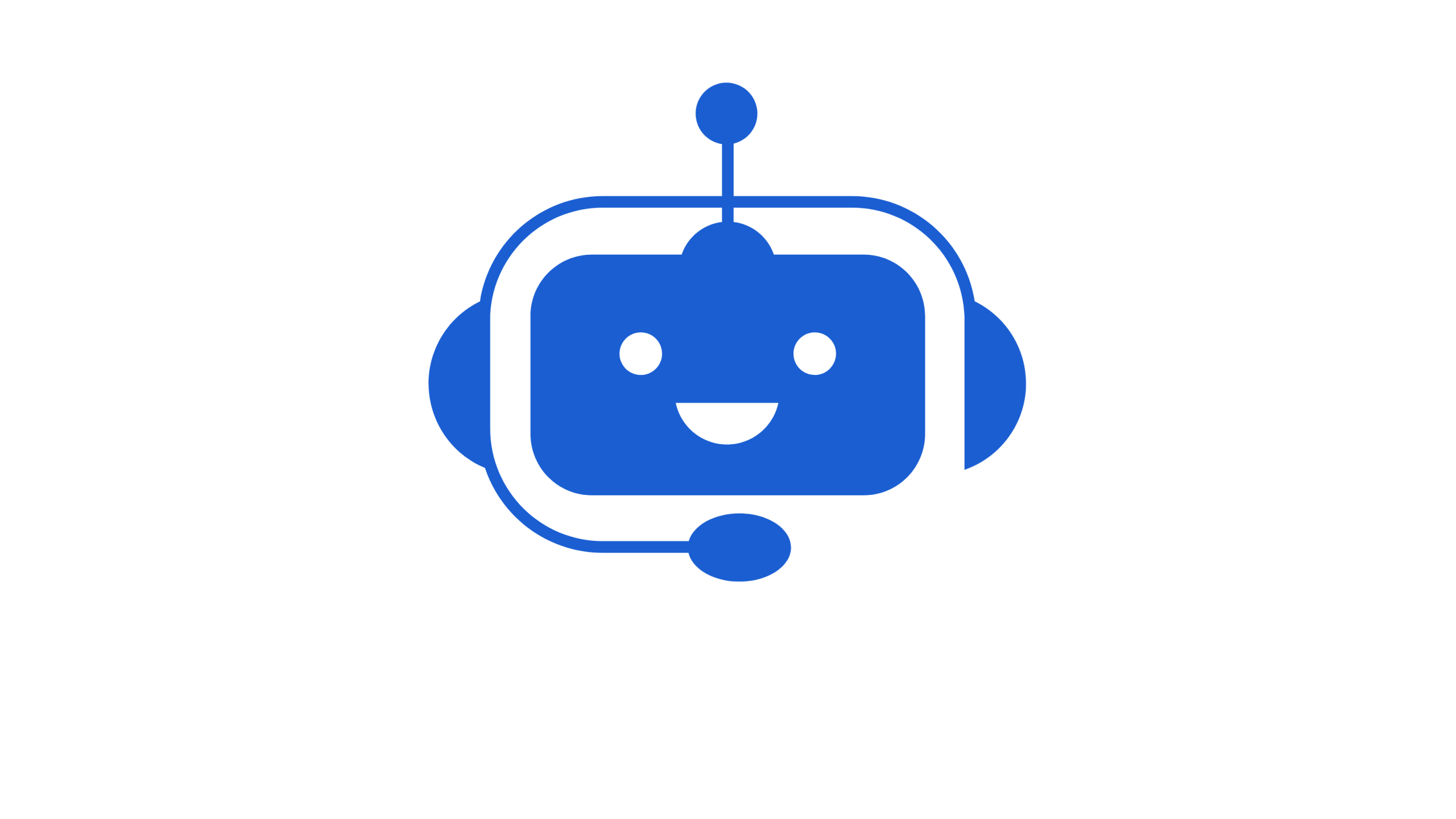
Agent
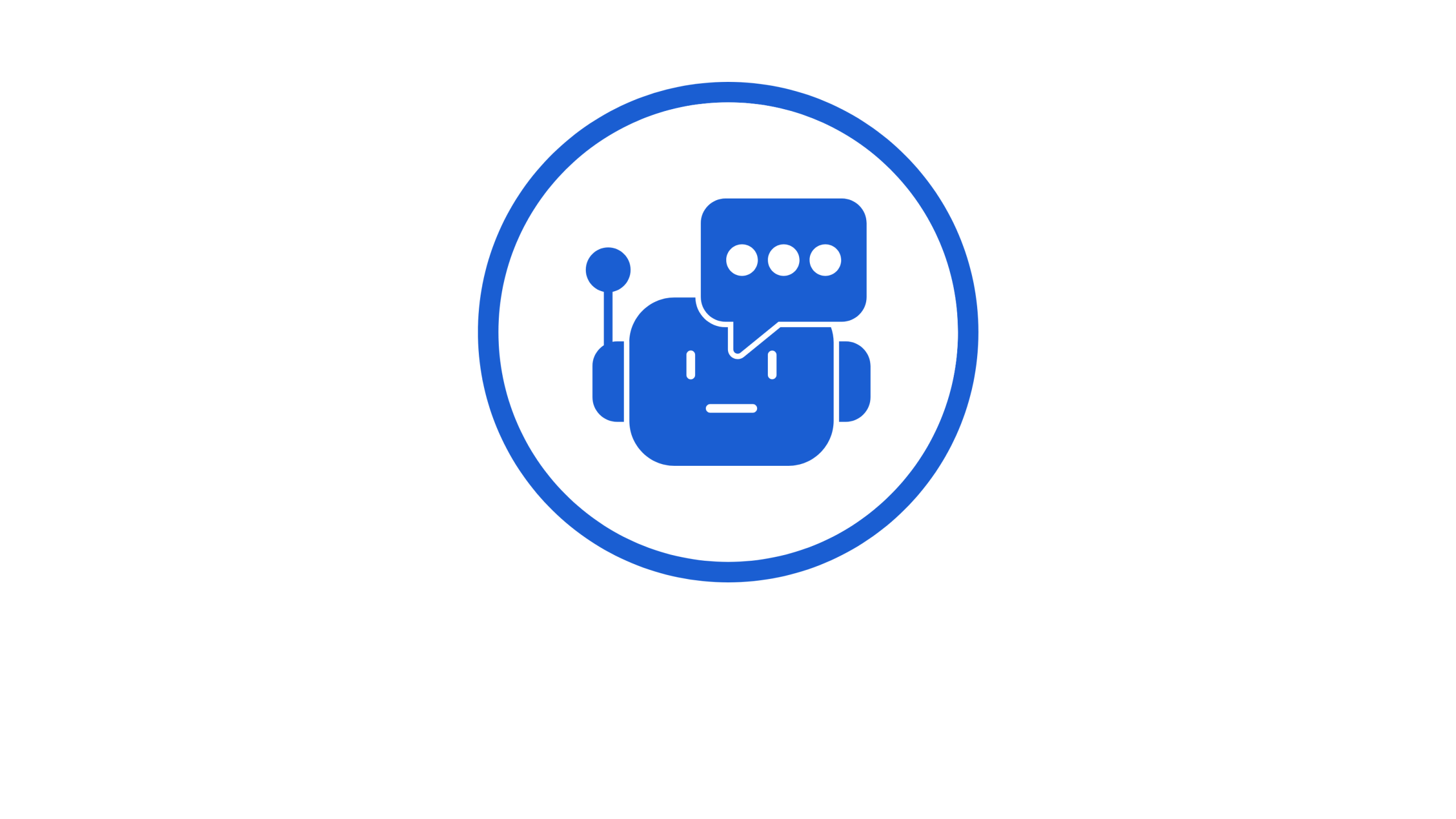
Chatbot
Next-Wave Concepts & Key Considerations
The AI landscape is advancing rapidly. The final section highlights emerging concepts and strategic considerations that merit close attention as organisations scale from proof-of-concept to enterprise-wide deployment.

Hallucination

Multimodal Model

RAG

Open Source Model

Artificial General Intelligence (AGI)
Final Thought
Fluency in AI terminology is a strategic asset. Leaders who understand concepts like vector databases or RAG pipelines make faster, better-informed decisions about build-versus-buy, risk management, and long-term capability investment. Keep this glossary handy, share it with your teams, and revisit it often—the language of Generative AI will evolve as rapidly as the technology itself.
Need help turning these terms into real-world ROI? Our experts can map high-impact use-cases and launch a proof of concept in just a few days!


